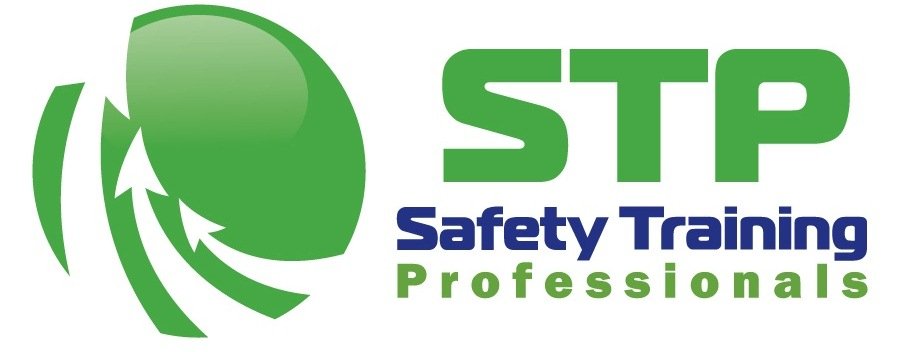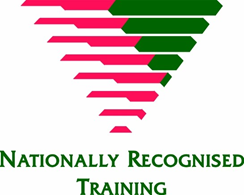- Confined Space, Gas Test Atmospheres & Working at Height Refresher
Confined Space, Gas Test Atmospheres & Working at Height Refresher Training - $395
RIIWHS204E Work Safely at Heights
RIIWHS202E Enter and Work in Confined Spaces
MSMPER205 Enter Confined Space
MSMPER200 Work in Accordance with an Issued Permit
MSMWHS217 Gas Test Atmospheres
ENTRY REQUIREMENTS : PARTICIPANTS MUST HOLD A STATEMENT OF ATTAINMENT FOR CONFINED SPACE, GAS TEST ATMOSPHERES AND WORKING AT HEIGHT ISSUED WITHIN THE LAST 5 YEARS. PARTICIPANTS MUST PROVIDE THIS EVIDENCE PRIOR TO ATTENDING THE COURSE.
Course Details
Duration: 6-8 Hours
Delivery Mode: Face to face
Where: Unit 2, 84 Solomon Road, Jandakot WA 6164.
Amenities: Tea, coffee and biscuits are provided. Kitchen facilities are available for those who wish to bring their own lunch. A lunch bar is 100m away.
Group bookings are available at your site or ours. Please contact our office on 08 94178888 or email admin@stp.net.au for pricing and site requirements. Up to 10 participants per group.
The Work Safely at Heights, Enter Confined Space and Gas Test Atmospheres Refresher course is for participants who have have previously undertaken the complete Work Safety at Heights, Confined Space and Gas Test Atmospheres training courses and need to refresh their knowledge and skills. This combined training course will provide participants with the knowledge and skills required to work in confined spaces and includes planning preparation and entry and safely work at height.
Student Requirements
Students must have the language, literacy, numeracy (LLN) and physical capabilities to meet the performance criteria of this unit. (For further information or if you have any concerns regarding LLN and/or physical capabilities please contact the office)
Participants must have the ability to read and write English and be able to perform practical and theoretical assessment as required.
Students must wear standard work wear, enclosed safety shoes, long shirt and pants.
Pre-Requisites
There are no pre-requisite units for this course.
Designed For
This one day combined course is for participants working in any industry including mining, construction and manufacturing who need to refresh their knowledge and skills. Pre-reading is required.
Upon Completion
Upon successful completion of this course, each participant will receive a nationally recognised Statement of Attainment and wallet sized card for:
RIIWHS204E Work Safely at Heights
RIIWHS202E Enter and Work in Confined Spaces
MSMPER205 Enter Confined Space
MSMPER200 Work in Accordance with an Issued Permit
MSMWHS217 Gas Test Atmospheres
Course Outline
Confined Space Course Outline
Induction and enrolment
Reference documents / legislation
Statistics for confined space
Correct identification of a Confined Space as per AS 2865:2009
Risk management concepts / risk assessments
Hazards identification and the hierarchy of hazard control
Roles and responsibilities of key personnel
Communications
Hazardous atmospheres
Workplace exposure standards
Use of fall protection / rescue equipment
First aid appreciation
Fire protection awareness
Entry permits
Emergency procedures
Assessment of students’ competence
Practical exercise
Working at Height Course Outline
Induction and enrolment
Reference documents / legislation
Statistics for working at height
Connectors
Energy absorbers
Correct inspection and donning of Harnesses
Fall arrest devices
Roles and responsibilities of key personnel
Identification of risks and suitable controls
Fall Injury Prevention Systems (FIPS)
Estimating safe fall distances / clearances
Emergency procedures
Anchor point requirements
Safe use of ladders
Practical exercises (various height applications)
Assessment of students’ competence
Gas Test Atmospheres Course Outline
Reference documents / legislation
When is gas detection required?
Case studies of unsafe atmospheres
Risk management concepts / risk assessments
Human breathing principles
Toxic & explosive gases – their effects and safe exposure levels
Types of gas detectors
Understanding the role and functions of key components
Bump testing and fresh air calibration
Actions to be taken if an atmosphere is deemed unsafe
Understanding and use of special features of your gas detector
Interpreting warnings, faults, displayed messages
Post use care of the equipment
Practical exercises performed

